Antarctica, explored
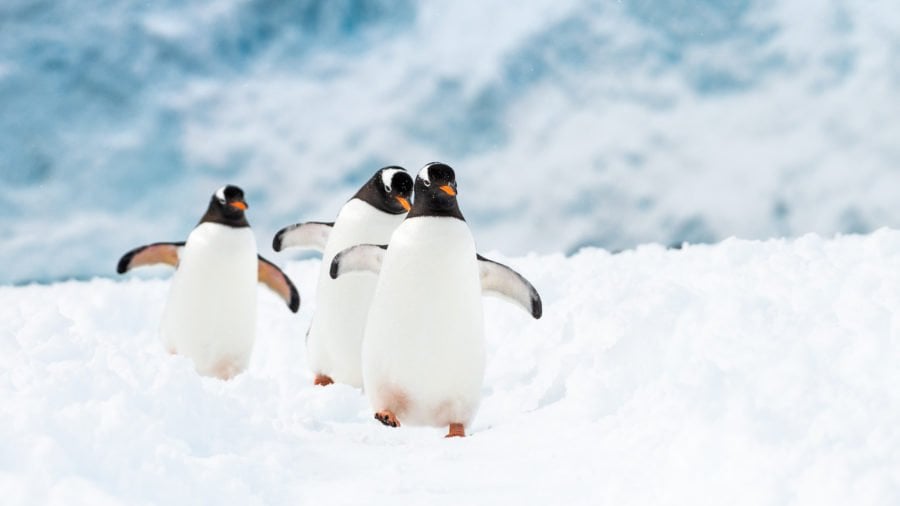
CAPTAIN JAMES COOK is credited with many discoveries, but Antarctica is not among them. Although Cook, on his 1772–75 voyage, was the first navigator inside the Antarctic Circle and to circumnavigate Terra Australis Incognita, the mythical and unconfirmed great southern land, he never laid eyes on the icy continent.
Cook’s published journal of 1777 predicted Antarctica’s existence based on the extensive sea ice he’d encountered. But he concluded that future explorers would likely never venture further south than he had. “Thick fogs, snow storms, intense cold and every other thing that can render navigation dangerous must be encountered; and these difficulties are greatly heightened by the inexpressibly horrid aspect of the country,” he wrote. For years, the matter of the frozen southern land was closed.
By 1819 discovery of the southern continent was again deemed necessary. Russian Captain Fabian Gottlieb Thaddeus von Bellingshausen, a great admirer of Cook, was deployed by his emperor, Alexander I, on a mission to proceed as far south as possible. Armed with a copy of Cook’s records, Bellingshausen helmed an expedition comprising two ships, the 40m-long Vostok and the smaller Mirny. The two ships proceeded south and crossed the Antarctic Circle on 26 January 1820, the first expedition to do so since Cook’s 47 years earlier.
On 27 January, Bellingshausen recorded seeing great ice cliffs and mountains of ice about 32km from what is now Queen Maud Land. In the coming days, their path neared continental land twice more. After horrific storms, the expedition retreated to Sydney, returning to complete its Antarctic circumnavigation the next summer. On 30 January 1820, three days after Bellingshausen’s journal entry, Irish-born navigator Edward Bransfield, on a British expedition, sighted Trinity Land (now the Antarctic Peninsula). Importantly, he knew he’d gazed upon the fabled Terra Australis Incognita.
Throw into the mix American Nathaniel Palmer, who found the Antarctic Peninsula on 18 November 1820, and the battle for who discovered the Antarctic mainland is still contentious today. While it’s likely Bellingshausen was the first to clamp eyes on the continent, he’d not realised his discovery. The journey’s official log was lost, and his story faded into obscurity. It was not until 1902 that Bellingshausen’s personal account was translated from Russian into German, and finally in 1945, to English, prompting many to declare him Antarctica’s unwitting discoverer.
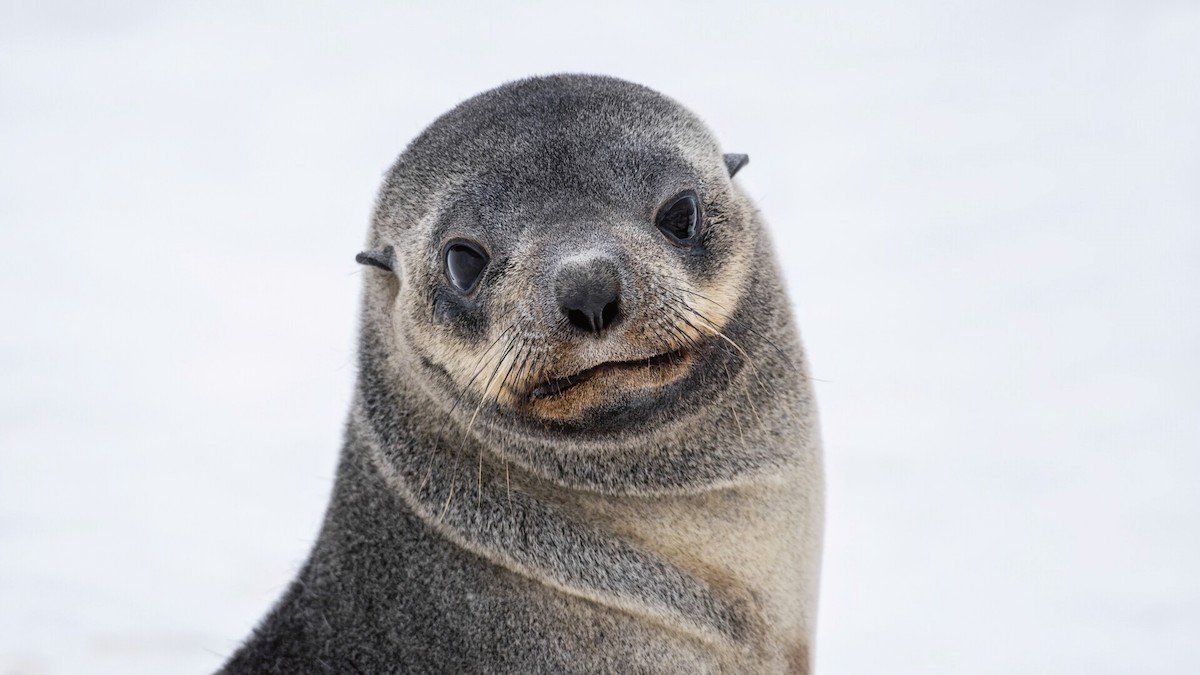
Discovery and destruction
BY 1820, WHEN the Antarctic mainland was discovered, fur seals were already being hunted. The death knell had sounded when Cook published records of his journey in 1777, recounting the huge seal resources in the southern oceans.
Sealers came from Britain, Europe and North America, harvesting pelts for fashionable clothing and hats. They arrived on South Georgia in 1788 and by the early 1900s Antarctic fur seals had all but disappeared from the island.
In 1819 British mariner William Smith discovered the Antarctic islands of South Shetland, and the sealers, seeking new colonies, rushed south. Smith himself, along with some 90 other sealing ships, operated in the South Shetlands in the 1820–21 season. When Bellingshausen visited him there in early 1821, Smith boasted his operation had harvested 60,000 skins. By the end of 1821, fur seal populations on the South Shetlands were almost destroyed.
Nathaniel Palmer was searching for new sealing grounds when he found continental Antarctica in November 1820, and in February 1821, English-born American sailor John Davis, also seeking seals, claimed to be the first to set foot on the Antarctic continent. With fur seals dwindling, elephant seals and some species of penguin were targeted for oil, and operations continued intermittently during the 19th century.
Whaling in Antarctic waters began in earnest in 1904 when a whale-oil processing station was established on South Georgia. As whales stocks dwindled catchers were forced to venture further afield. In the summer of 1929, some 29,000 blue whales were harvested, and, as they too declined, whalers targeted other species. By 1960, 1.4 million whales had been removed from Antarctic waters.
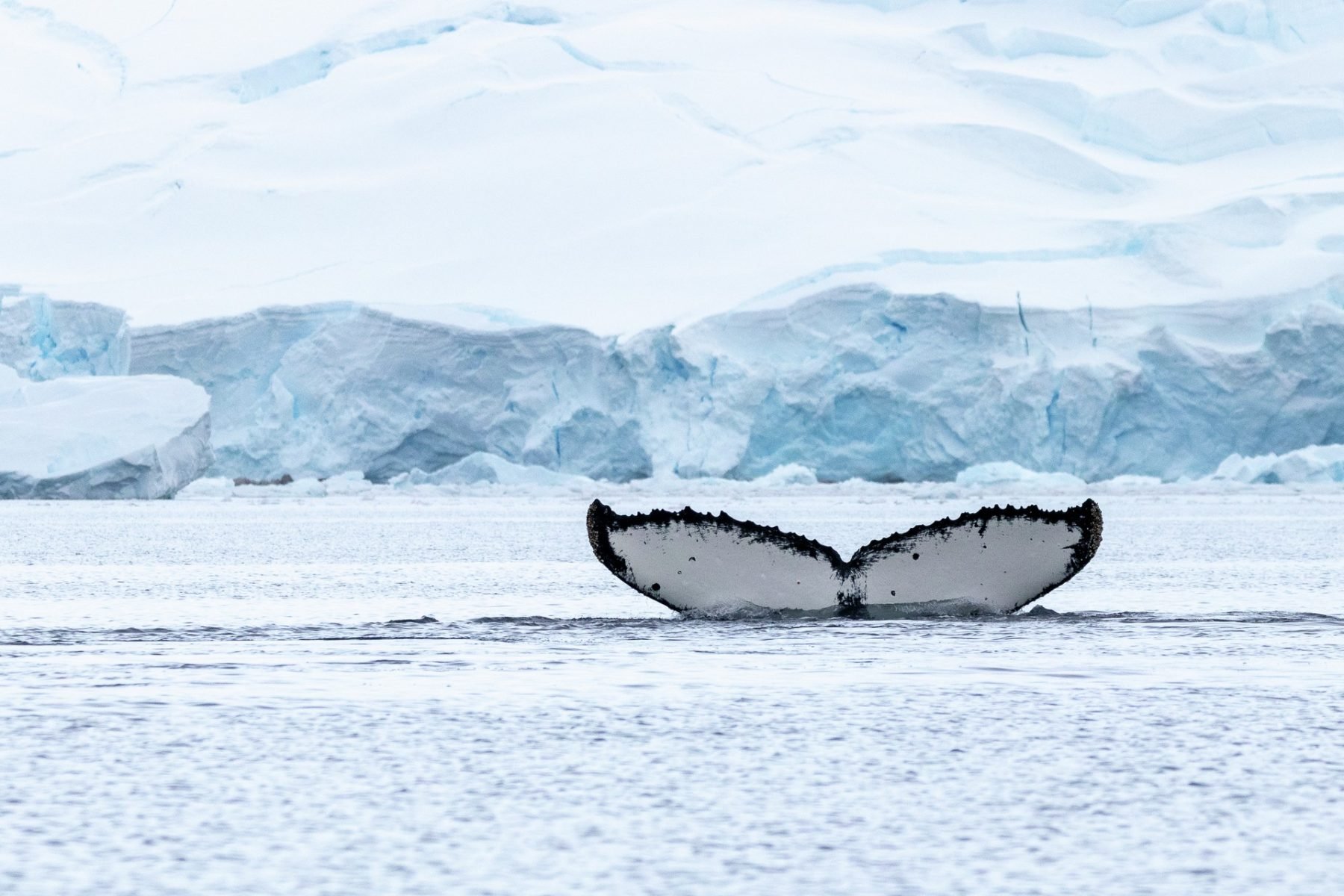
Heroes of exploration
WITH THE PRESENCE OF Antarctica firmly established, the stage was set for the Heroic Age of Antarctic exploration from the late 19th century to 1917. During this time, some 17 major expeditions were launched. The famous race to the South Pole ended with Norwegian Roald Amundsen being the first on 14 December 1911. He was followed to the pole 34 days later by British explorer Robert Falcon Scott, whose entire party perished on their return journey.
Australian geologist Douglas Mawson eschewed Antarctic races. Despite the tragic loss of team members Belgrave Ninnis and Xavier Mertz, and his own near death, Mawson and his team explored more than 6000km of Antarctic territory during their Australasian Antarctic Expedition (AAE) of 1911–14. They recorded discoveries in the fields of geology, geography, oceanography, meteorology and magnetism; documented the Aurora Australis; and were first to use radio in the Antarctic.
Ernest Shackleton’s Imperial Trans-Antarctic Expedition of 1914–17 earned him a reputation for unshakeable leadership. Following the destruction of its ship, the Endurance, in sea ice, the expedition made it to inhospitable Elephant Island. Shackleton and a skeleton crew continued some 1300km to South Georgia in a lifeboat, and returned to rescue all the rest of the men.
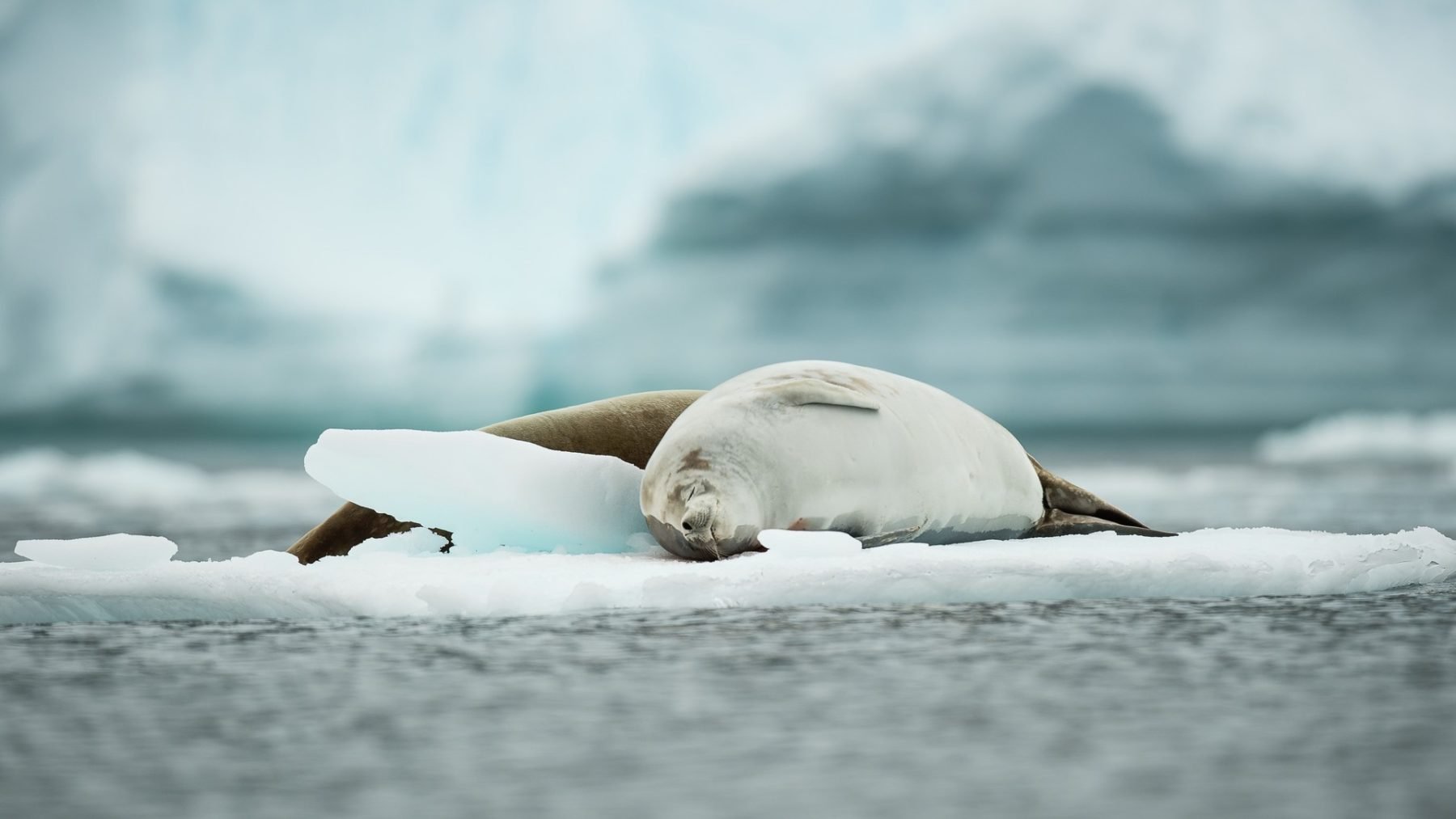
And then comes science
FOLLOWING THE HEROIC AGE, scientific exploration continued at a less frenetic rate. Several countries laid claim to land in Antarctica during and after World War II, for strategic military purposes and to investigate potential resources. Following years of minor conflict, 12 countries with scientific interests in the southernmost continent came together in 1959, signing the Antarctic Treaty – the overarching instrument that controls the uses of Antarctica today. A total of 54 nations are now parties to the agreement.
The treaty declares that Antarctica should be used for peaceful purposes and that scientific investigations can be conducted freely and shared. Under the treaty, the status of land claims cannot be advanced or altered. Although any party can call for a review of the treaty, to date none have done so.
In 1991 led by then Australian prime minister Bob Hawke and French prime minister Michel Rocard, the parties adopted the Protocol on Environmental Protection to the Antarctic Treaty (known as the Antarctic-Environmental Protocol, or the Madrid Protocol), which entered into force in 1998. It protects Antarctica as a natural reserve and prohibits all exploitation of mineral resources indefinitely. Hawke later commented that signing the protocol was one of the proudest achievements of his life.
The Madrid Protocol manages environmental impacts in Antarctica, and increasingly this applies to not just scientists and governments, but also tourists as they pursue their own journeys of exploration.
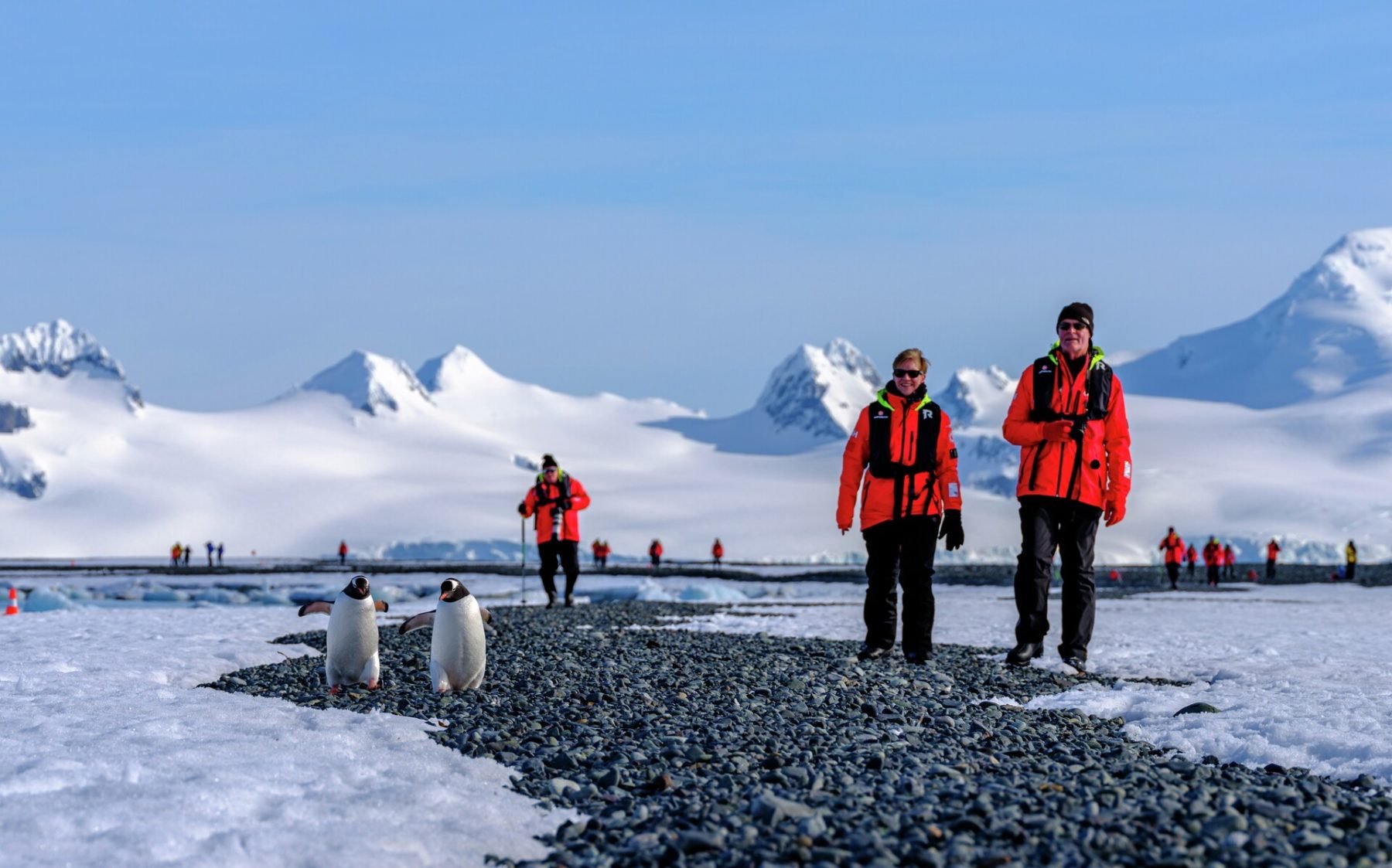
Antarctic tourism today
MODERN ANTARCTIC TOURISM began in 1966. SInce then, interest has grown so exponentially that it’s now controlled by the International Association of Antarctica Tour Operators (IAATO), an organisation with 114 members. While there are no limits on the total number of tourists that can visit Antarctica per season, each of the popular landing sites has its own set of management controls set by IAATO. At each site, a maximum of 100 tourists may land at one time. Access to landing sites is hotly contested, with companies reserving sites through an online scheduling system in June each year.
Before COVID-19 travel restrictions, IAATO had predicted that 2019–20 would be Antarctica’s busiest tourist season ever. In 2018–19, a record 44,600 people had landed on the continent. A handful of tourists arrived by air or small yachts, but most arrived on board smaller cruise ships.
I was one of them. Like many others, I was drawn south to see the majestic icebergs, waddling penguins and tread the icy realm for myself. Melting ice and global warming gave my visit a sense of urgency.
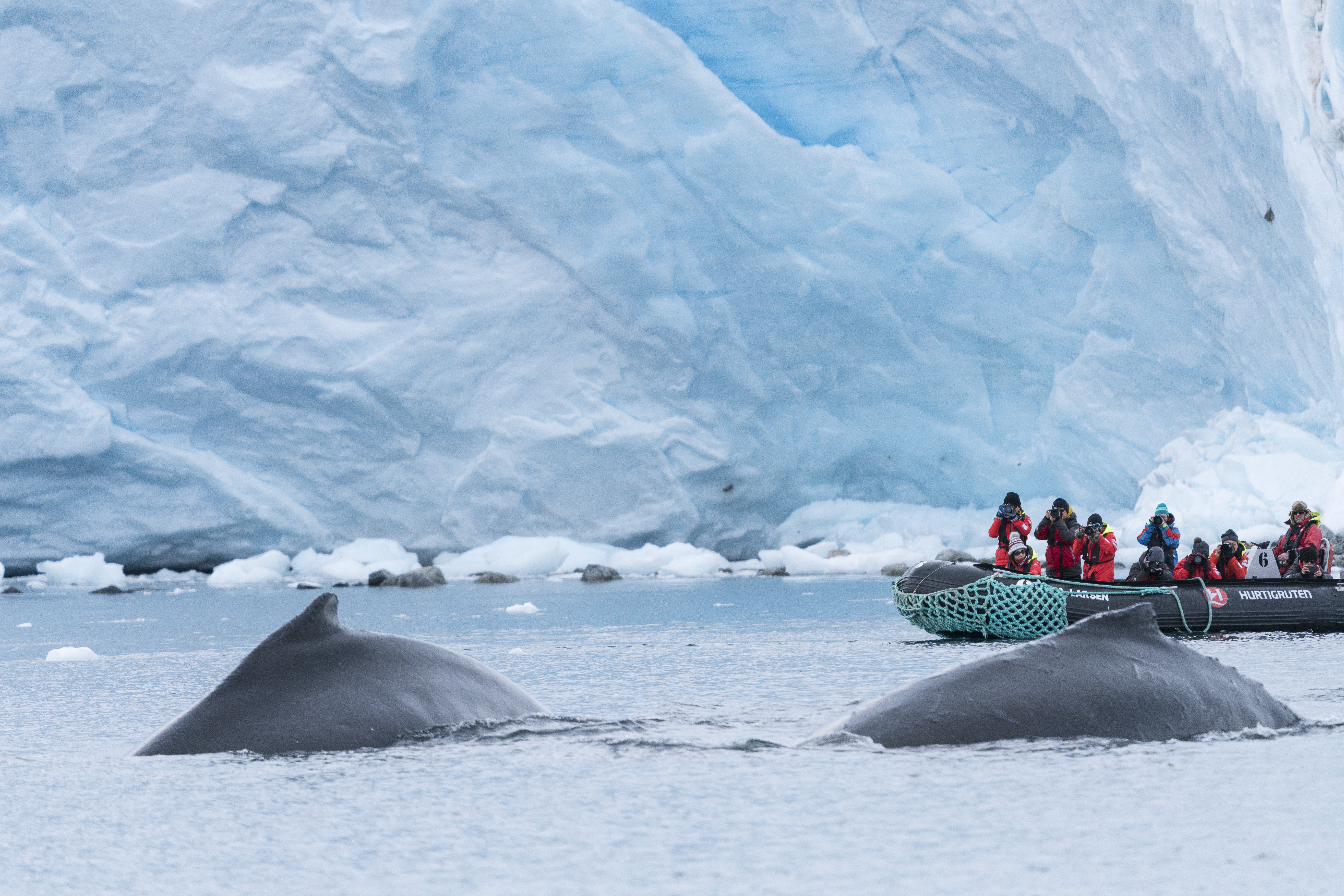
Research tourism
MY OWN EXPLORATION OF Antarctica commenced in late February, straddling the period when the COVID-19 crisis flipped the travel industry on its head. When I embarked in Chile, there had only been one case of the virus recorded in South America, and none in Antarctica. After a life-changing 18-day Antarctic experience, my symptom-free ship, the MS Roald Amundsen, owned by Hurtigruten Expeditions, was turned away from port on the planned day of disembarkation. Eventually, I got off in the Falkland Islands and made it home to Australia. By then the world had shifted and now Antarctic tourism is temporarily uncertain.
The pause of tourism to Antarctica may also have had a detrimental impact on scientific research. Many cruise companies provide free passage for scientists, and during my trip the MS Roald Amundsen hosted three whale researchers.
Lead researcher Professor Ari Friedlaender, from the University of California Santa Cruz and the California Ocean Alliance, explained the benefits of this arrangement. “There’s no question this is a great advantage to the advancement of science,” he said. “Some researchers have used cruises to count penguins for the last 30 to 40 years, and that’s been incredibly successful. As whale research techniques progress, we may see similar benefits.”
I watched Ari’s team in the ship’s tender sampling whale skin through painless biopsies for pollution analysis, and I attended their informal talks. The MS Roald Amundsen spreads the science message in other ways too. During my expedition, guests attended countless lectures from the Hurtigruten Expeditions science and history teams and analysed live plankton under microscopes. I participated in a NASA cloud project, a seabird survey and a whale photography identification project.
The loss of tourism may be leaving a temporary gap in research opportunities. However, when the industry bounces back, it is likely to be greener than ever. The MS Roald Amundsen is the first polar expedition ship to incorporate a hybrid diesel-electric propulsion system, with a battery storage capacity that reduces carbon dioxide emissions by about 20 per cent. Engine heat is recycled to the cabins and water heaters. Kitchen waste and sewage are fed to the ship’s bio-digesters where enzymes reduce waste to sludge.
Hurtigruten Expeditions carefully controls biosecurity too. To prevent the introduction of plants and diseases, passengers wear rubber boots ashore and walk through a carwash-like scrubbing system after every landing. With the lowest CO2 footprint of all expedition voyages to the region, Hurtigruten Expeditions has greener intentions still, with now three battery-hybrid powered vessels in their expedition fleet.
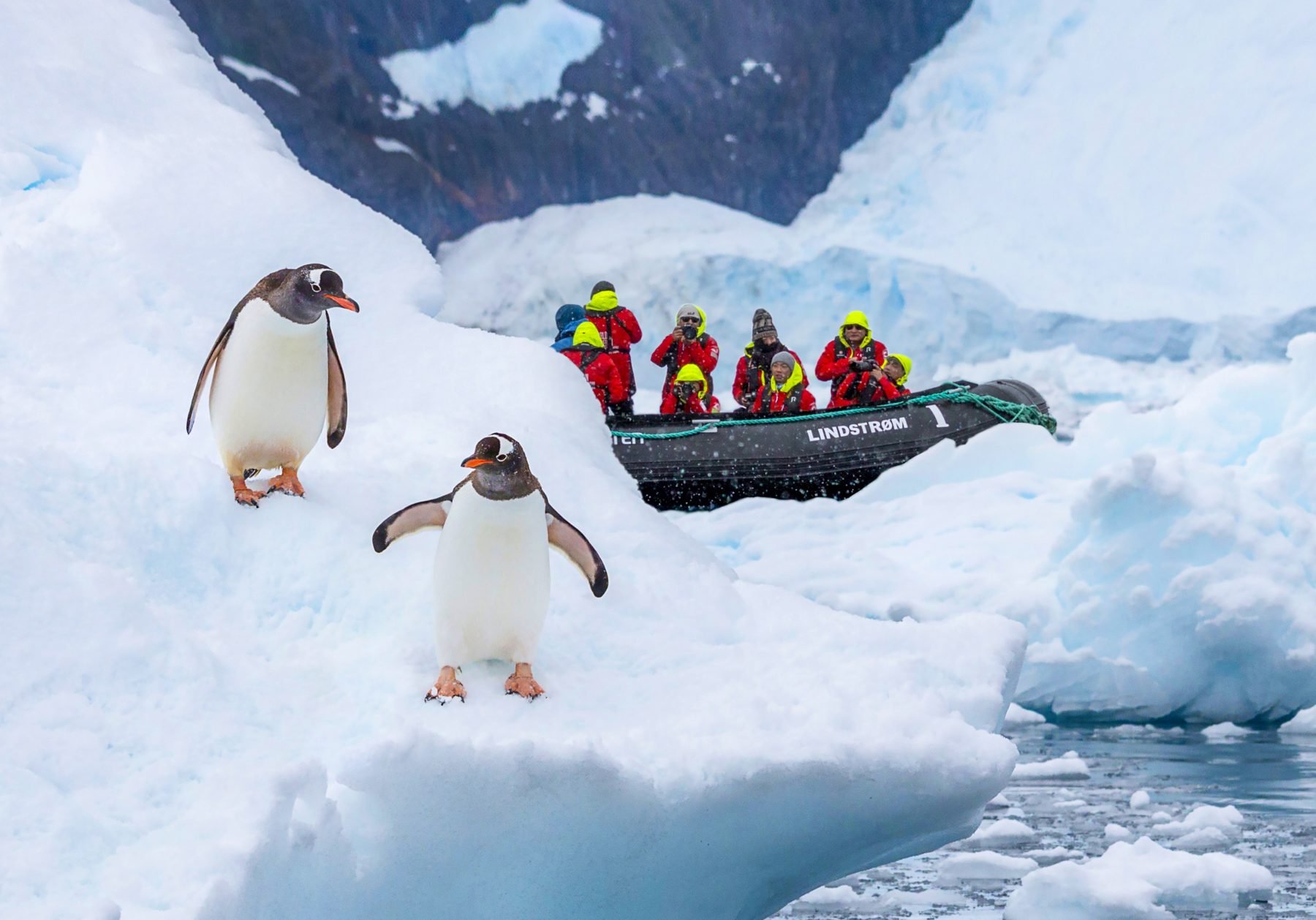
Sustainability of visitation
IAATO CONTINUALLY reviews the sustainability of Antarctic visitation. The Scientific Committee on Antarctic Research (SCAR) facilitates international science in Antarctica and is working together with IAATO to develop a systematic conservation plan for the most heavily visited area: the Antarctic Peninsula. Among other objectives, the project will enable decision-makers to determine where visitor numbers to Antarctic sites could be limited, should that be deemed necessary.
Dr Steven Chown, president of the SCAR and professor of biological sciences at Monash University, gives an example of a series of questions concerning tourist visitation to penguin colonies that might be answered by the study. “What does it mean for their population dynamics? Do they move sites? What does it mean if their populations go down? How do we separate that from the impacts of a rapidly changing climate on the peninsula?”
The COVID-19 crisis is affecting more than just tourism and citizen science in Antarctica, with national science programs also suffering. Steven hopes that, along with protecting the community, governments will continue to fund science.
“In times of crisis, you’re really going to need experts who know what they’re doing,” he says. “Climate change won’t vanish just because we have a pandemic.”
Steven acknowledges that belts will need to be tightened. “But I would say that understanding what happens with Antarctica’s ice sheets is such a pressing question that the world cannot turn away from it.”

Cruising into the future
IN THE YEARS TO COME, after COVID-19, Antarctica may be explored for reasons beyond science and tourism. The Madrid Protocol may one day be revised and resource extraction reconsidered. Countries may seek to establish land claims and commence developments in Antarctica.
Steven notes that interest in upgrading and building new scientific stations is on the rise, for reasons that are not always clear. “Antarctica, like everywhere else, is a geopolitical space,” he says. “As the world fills up, Antarctica is not being overlooked.”
For now, Antarctica is resting quietly, almost devoid of humans. Seals snooze, penguins caw and whales breach. Perhaps for this blip in time, Antarctica appears as it did to Bellingshausen 200 years ago: a harsh, frozen, and starkly beautiful continent, waiting for its explorers.
Discover more about this extraordinary journey here.


